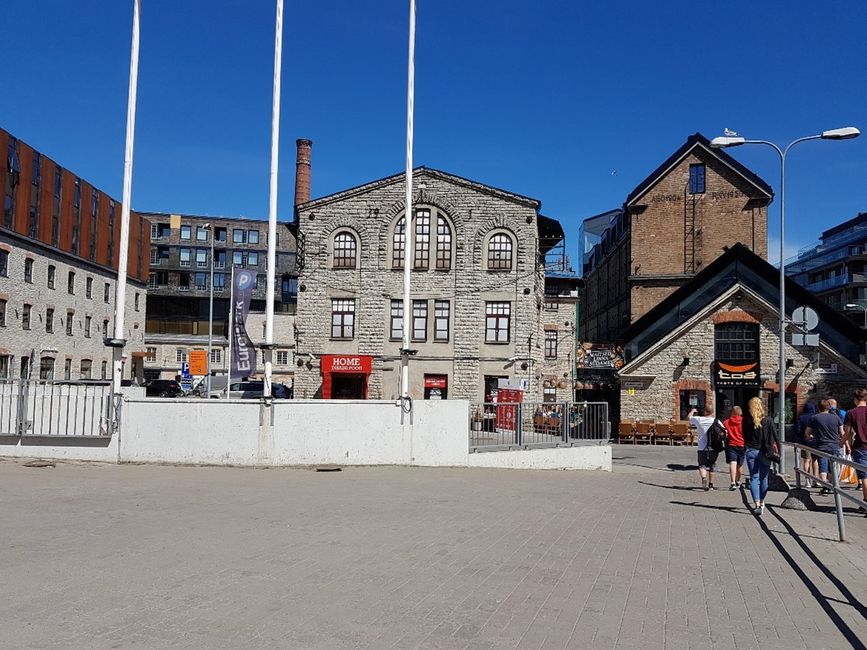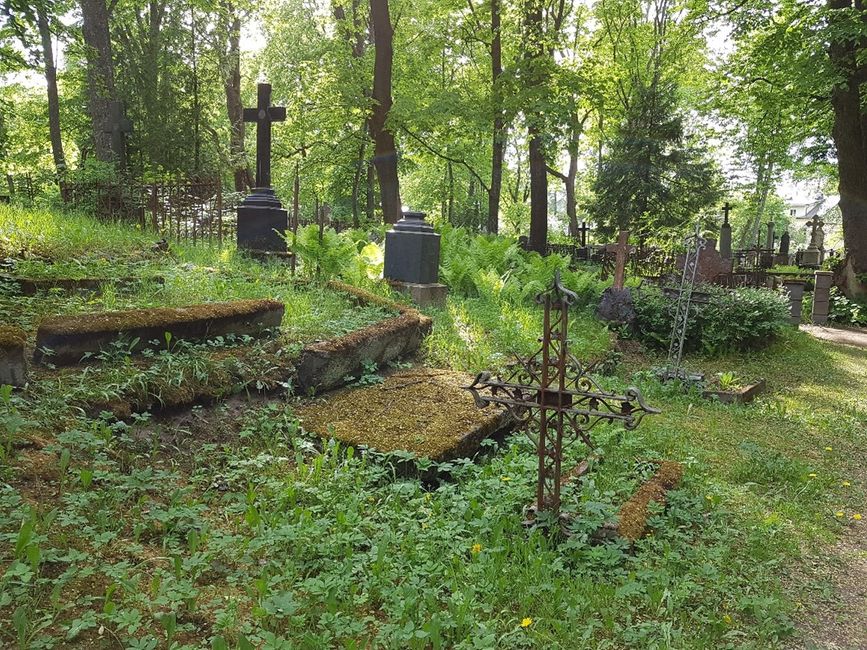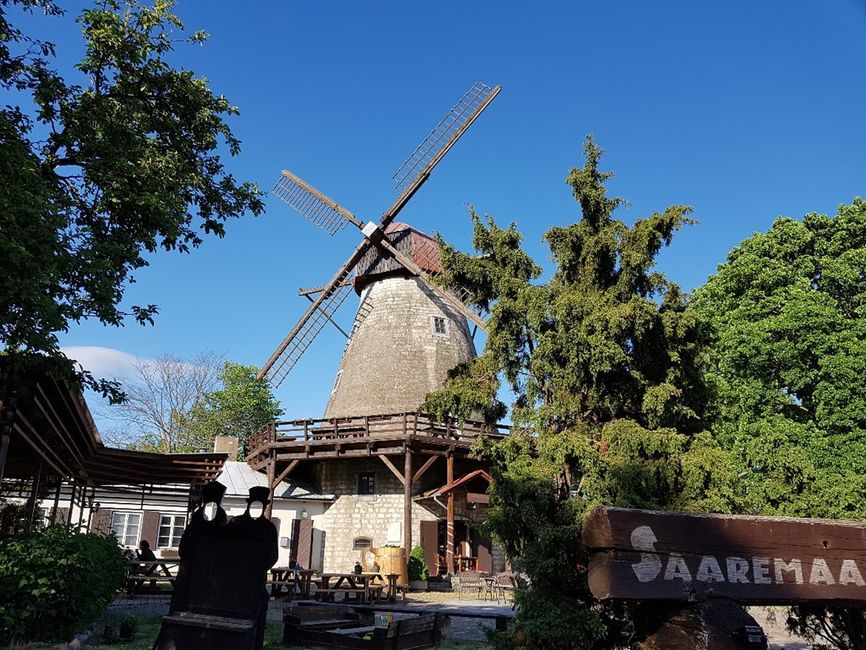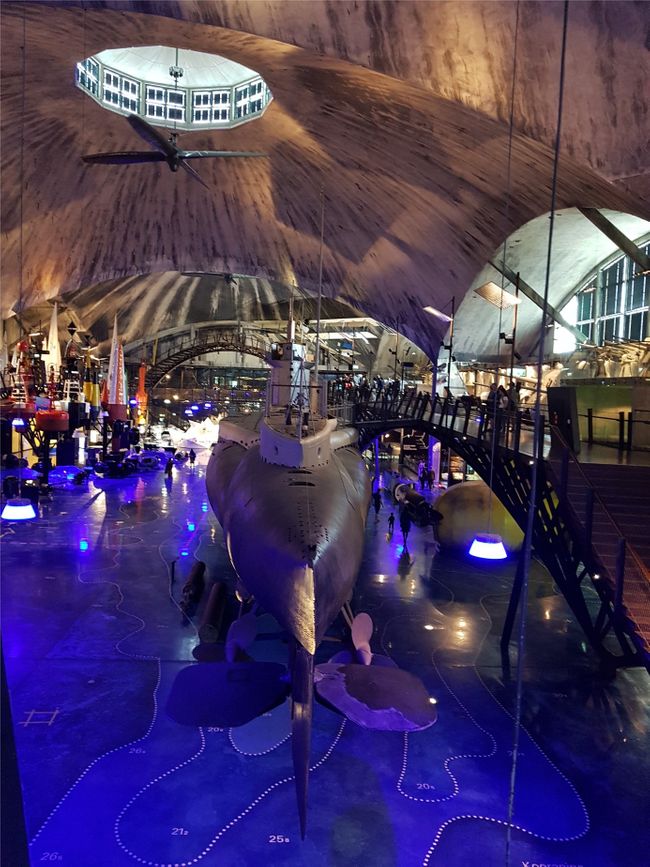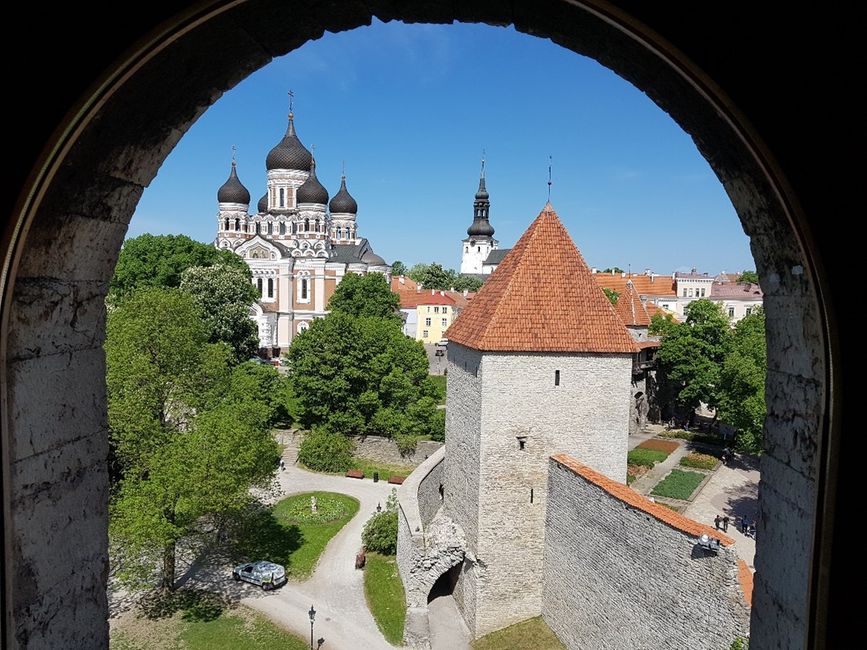Estonia - Tallinn
Diterbitkan: 24.08.2020
Estonia has been ruled by Germans and Russians in the past, so the country is now proud of its independence and relies on NATO to preserve it.
In the capital city of Tallinn (formerly known as the Hanseatic city of Reval), one can easily spend a week and discover something new each time:
The medieval Old Town, from the time when the Teutonic Order and Reval were major trading cities from the 14th to the 16th century, is often used as a backdrop for medieval films.
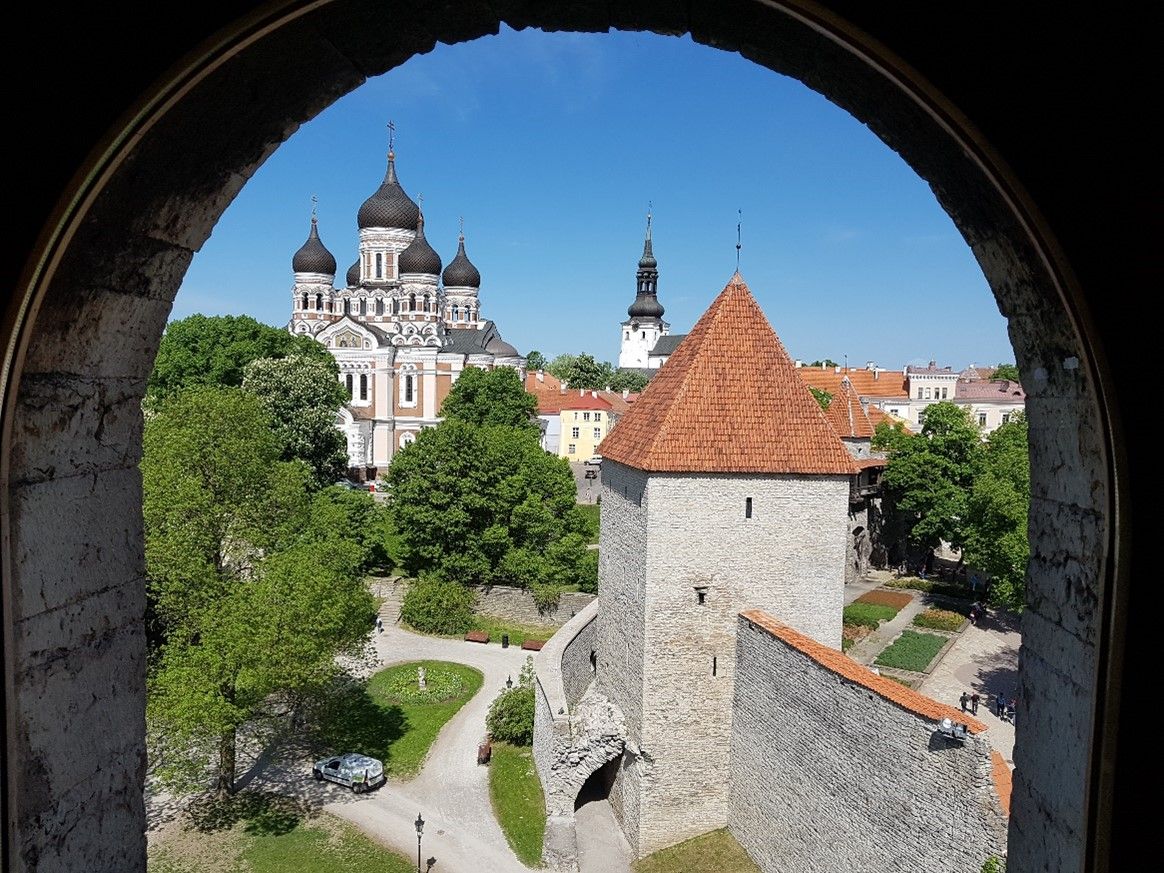
In addition, there are districts with typical Estonian wooden houses, the summer palace of the Tsars, and, not to be missed, the water airport built by Tsar Peter in 1912: back then, it was a hangar built on the sea using the most advanced concrete technology, and today it is a truly remarkable museum called Lennusaddam.
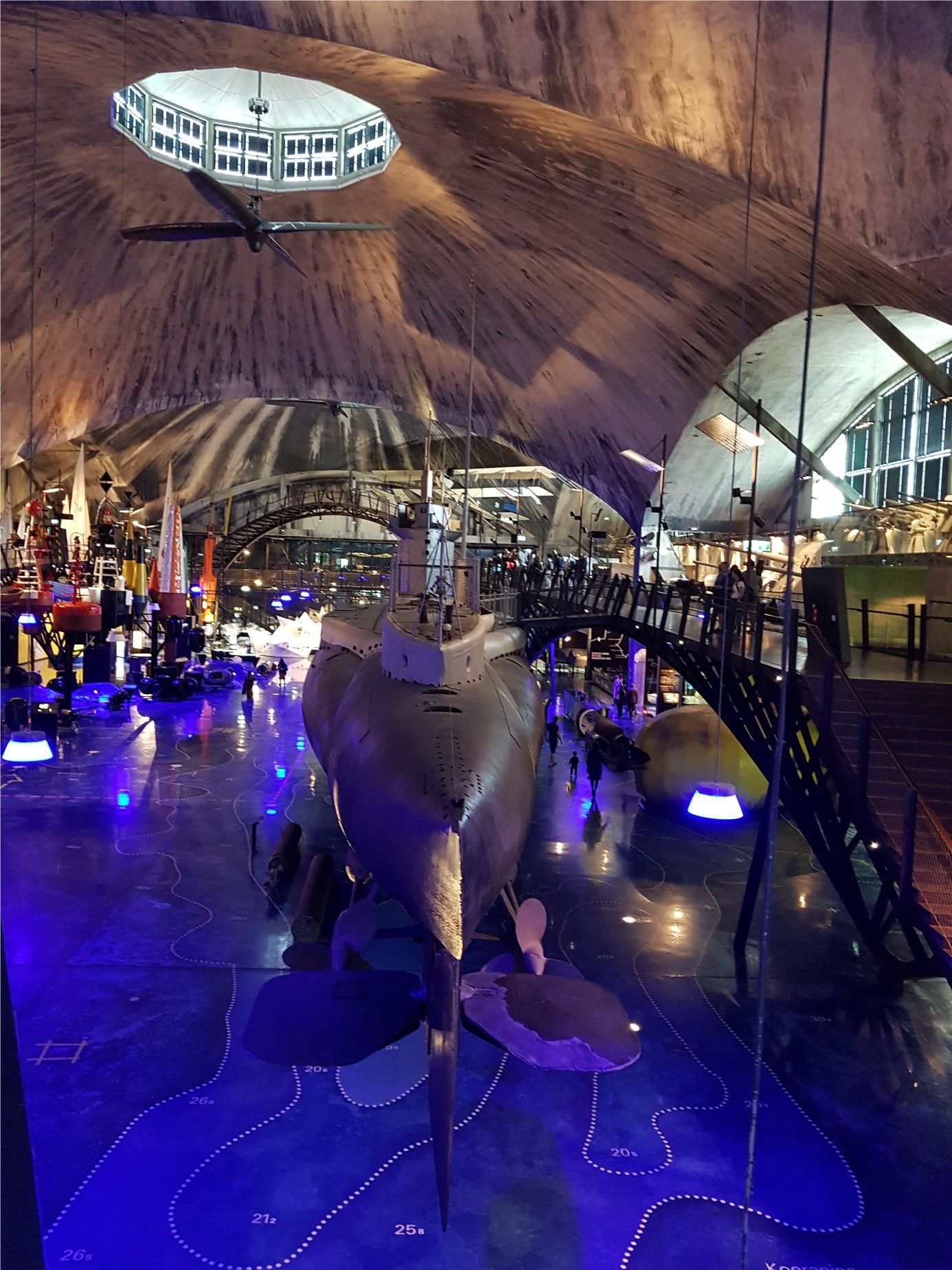
Old industrial districts have been transformed into factory outlets or pub and cultural districts - ideal for eating and avoiding cruise tourists on certain weekdays.
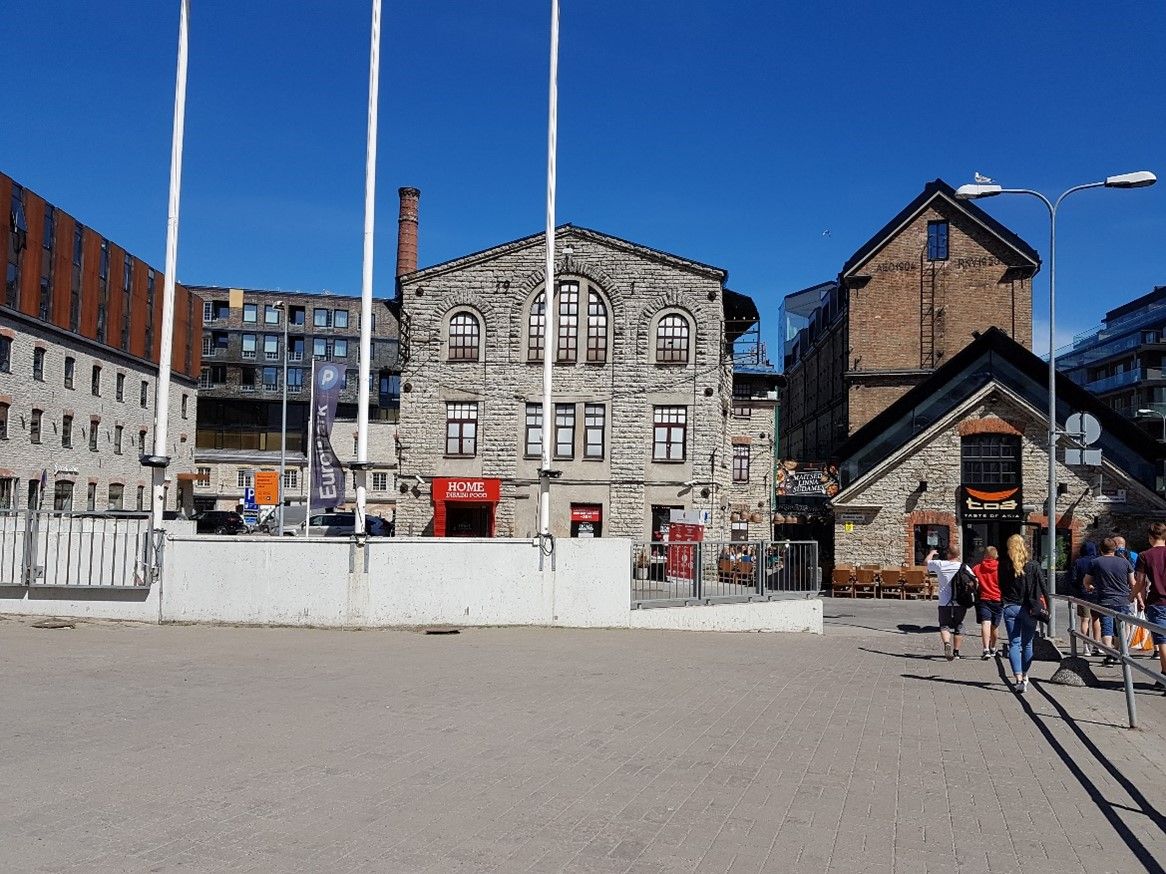
For those who grew up in Germany, a guided tour of the VIRU Hotel is a must. It is said that the KGB had an office on the upper floor.
For me, Tallinn offers a great combination of history and relaxed city breaks. After enjoying the island of Saaremaa, this was certainly not our last vacation in the Baltic States.
My insider tip
If you are looking for peace and quiet in Tallinn, you can take a walk through the cemetery south of the Russian market: Estonians prefer the forest and nature, while the Russians who stayed from the Soviet era have gravestones made of stone.
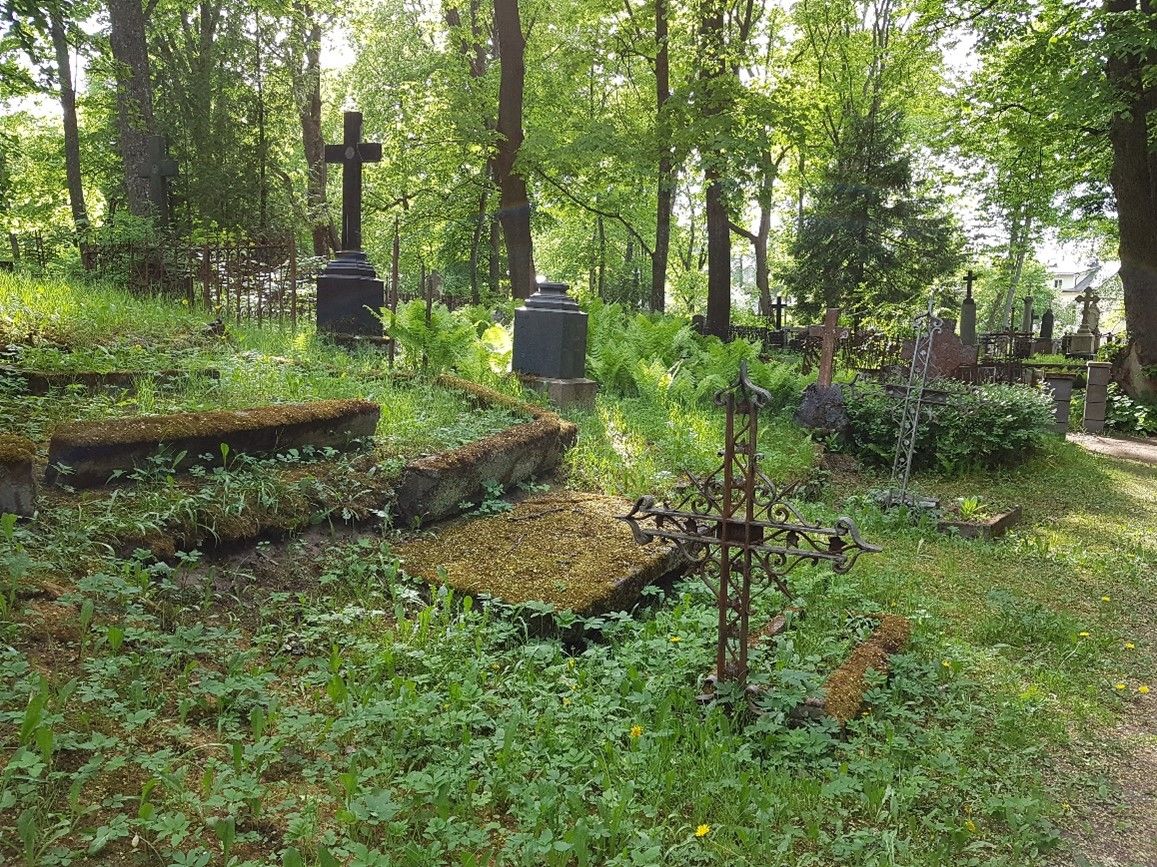
If you prefer an even more peaceful experience, spend a few days on an island, such as Saaremaa, where in the north, the Tuhkana Beach (a sandy beach like in the Caribbean) awaits. Historically, it used to be a significant and contested naval base for control of the Baltic Sea during World War II, and you can visit the Sörve Lighthouse and the bishop's castle with an interesting museum in the main town of Kuressare/Ahrensburg.

Author
D.K.
Jawab
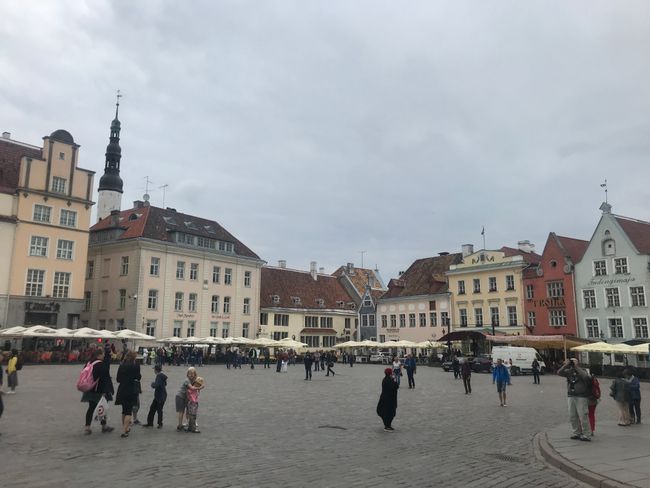
Laporan perjalanan Estonia


